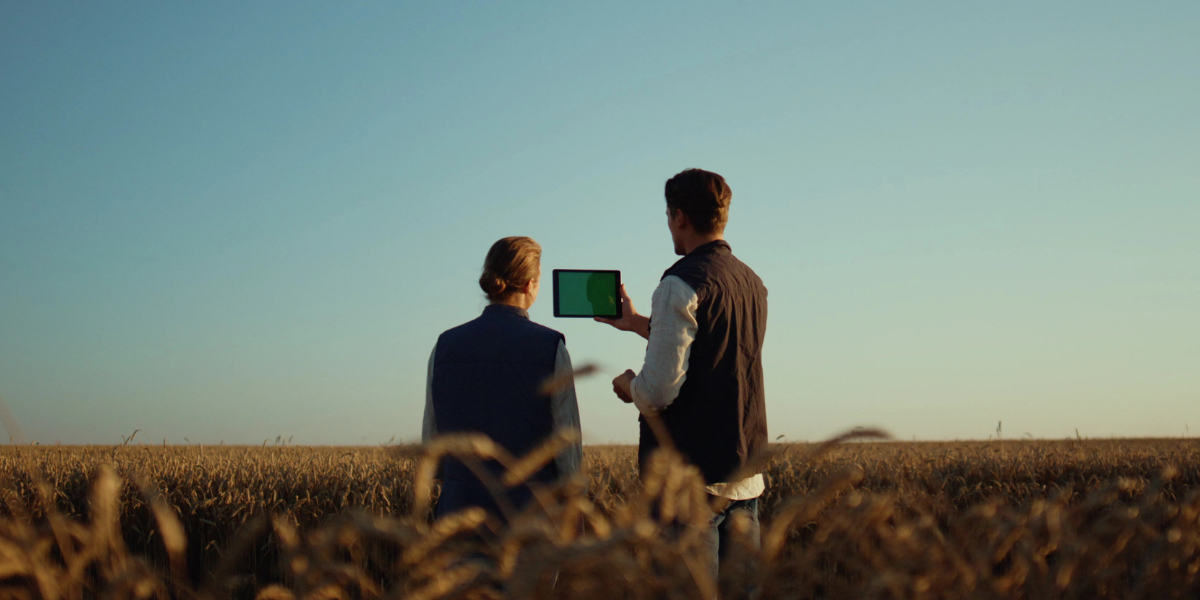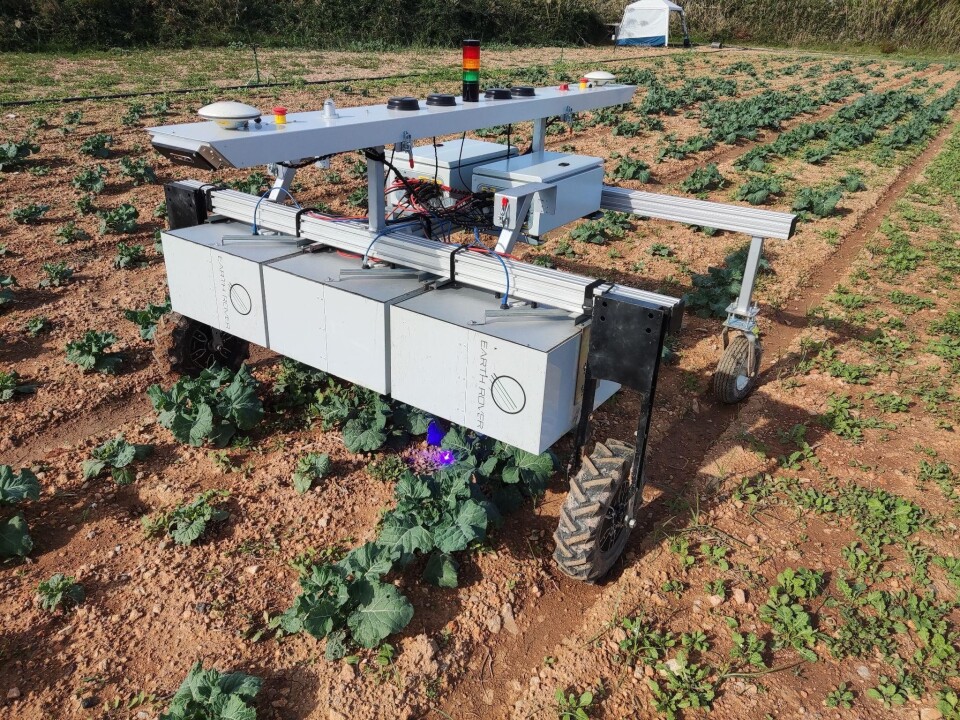Known as a sirloin in the UK and a porterhouse in Australia, the striploin is one of the world’s most popular cuts of beef. But how does it end up on a consumer’s plate? We explore the journey from lairage to trimmed steak.
Taken from the short loin of the cow, the striploin is found in top restaurants and family kitchens around the world. But once a cow arrives at an abattoir what is the process to get it ready for the retailer?
Let’s find out...
/Resource%20%20Blog%20CTA%20Graphics/Story%20of%20a%20Striploin%20Infographic%20-final.jpg?width=675&height=1031&name=Story%20of%20a%20Striploin%20Infographic%20-final.jpg)
💡Right click and open image in new tab to zoom and save the infographic
Reviewing the process there are three things that stand out - time management, maximum usage and expert input.
While the process can take up to a month in total, there are some stages, such as from lairage to the chiller, that happen very quickly. Planning and managing the timings around the different stages is essential to ensure that there isn't any spoiling of the end product.
Maximum usage and value of the animal is also a key driver. While the blood is classified as category 3 and not suitable for human consumption, the head, the hide and the red offal all go to specific markets where they are used and valued to avoid wastage.
What is also clear is the balance between skilled experts and automated processes that together ensure the quality of the product. From the moment the animal is stunned, every moment along the line is overseen by an expert to ensure a quality product.
In the dirty stage, experts are on hand to oversee the removal of the head, the hide and the hooves. Official veteriarians (OVs) supplied by the government are on hand to classify and clear offal fit for consumption. Skilled knife operatives, known as boners, identify the seams of the carcase and run a knife through them to remove the larger bones.
The end result is a striploin steak that is trimmed to specification – either by weight or by thickness – and ready to head to the retailer.
We dig deeper into how best to maximise yields in the Foods Connected Protein Optimise solution guide. Download your copy to find out more.
.jpg)
Greer McNally
Greer has over 15 years’ experience writing about trends in the food and retail sectors. She lives in a little village by the sea in Northern Ireland and loves creating content that informs how people think about the food industry. A recent career highlight was interviewing the legend that is Dr Temple Grandin.
Stay up to date
Stay up to date
Browse Posts
- November 2025
- October 2025
- September 2025
- August 2025
- July 2025
- June 2025
- May 2025
- April 2025
- March 2025
- February 2025
- January 2025
- December 2024
- November 2024
- October 2024
- September 2024
- August 2024
- July 2024
- June 2024
- May 2024
- April 2024
- March 2024
- February 2024
- January 2024
- December 2023
- November 2023
- October 2023
- September 2023
- August 2023
- July 2023
- June 2023
- May 2023
- April 2023
- March 2023
- December 2022
- November 2022
- October 2022
- September 2022
- August 2022
- July 2022
- June 2022
- May 2022
- April 2022
- March 2022
- February 2022
- January 2022
- December 2021
- November 2021
- October 2021
- August 2021
- July 2021
- June 2021
![[Infographic] Story of a striploin: the journey to retail](https://blog.foodsconnected.com/hubfs/Blog%20Imagery%20(PI%20AUTOMATED)/Blog%20Headers/Screenshot%202024-10-16%20at%2015.31.20.png)
/Blog%20Headers/shutterstock_1927957907%20(1).jpg)
/Blog%20Headers/shutterstock_1845178195%20(2).jpg)
/Blog%20Headers/shutterstock_2473376713.jpg)
/Blog%20Headers/shutterstock_2133827717%20(1).jpg)
/Blog%20Headers/shutterstock_2247276303.jpg)


.png)
.png)

/Blog%20Headers/Digital%20Food%20safety%20management%20system.jpg)
/Blog%20Headers/finnebrogue-hero-01-1.jpg)
/Blog%20Headers/The%20FSMA%20204%20Final%20Rule%20on%20Pre-Harvest%20Agricultural%20Water%20how%20will%20it%20affect%20your%20business.jpg)

/1.%20HubSpot%20Images/IMG_20230605_144537.jpg)
/Blog%20Headers/shutterstock_1886990077.jpg)
.png)
![[Infographic] Your road to regulatory compliance](https://blog.foodsconnected.com/hubfs/Blog%20Imagery%20(PI%20AUTOMATED)/Blog%20Headers/shutterstock_2212775551.jpg)
